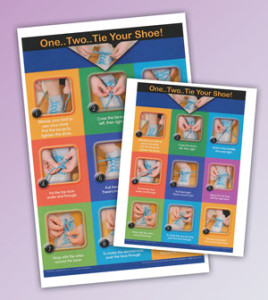Looking for a fun and functional sensory experience? Try the Banana Nut Bars activity—a delicious way to engage children in tactile exploration and olfactory stimulation right in your own kitchen. As therapists, we know that sensory-rich activities support development, and baking is a fantastic opportunity for hands-on learning. This parent-child recipe builds motor skills, encourages following directions, and fits seamlessly into any daily sensory routine.
Prepare for the activity
Make sure you have a stool for your child to use so that he can reach the counter. You can also move the activity to the kitchen table for a more accessible location, and this way the child can sit on a cushion while they help with the baking.
Have your child help gather the ingredients and the necessary tools for baking. Tell them what they are, how they are used, and encourage them to smell and taste the ingredients.
Banana Nut Bars (If you or your child is allergic to nuts, you can substitute chocolate chips)
Ingredients
- 1 cup brown sugar
- 1/2 cup shortening
- 2 overripe bananas, mashed
- 1 large egg
- 1 teaspoon pure vanilla extract
- 1 cup oatmeal
- 1 cup self-rising flour
- 1/2 teaspoon ground cinnamon
- 1/4 teaspoon ground nutmeg
- 1 cup trail mix
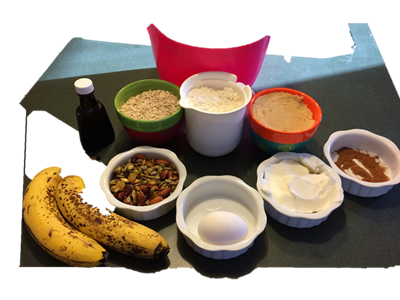
Directions
-
- Preheat the oven to 350 degrees F.
- Grease a 13 x 9 pan and set aside.
- Have your child place the bananas in a resalable plastic bag and mash them using a rolling pin. A great way to provide proprioceptive feedback and bilateral integration.
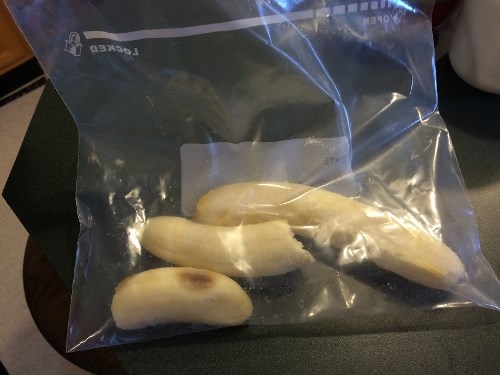
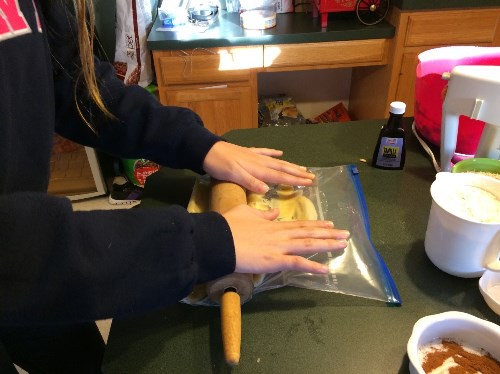
-
- In a large mixing bowl, cream together the sugar and shortening until light and fluffy.
- Your child can stir in the mashed bananas and egg and vanilla.
- Mix well.
- Have your child add the rolled oats, flour, cinnamon, and nutmeg.
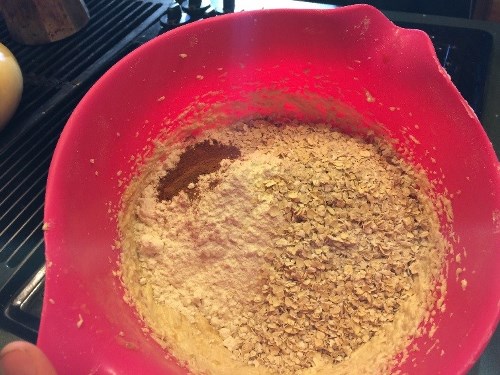
-
- Mix until thoroughly combined.
- Have your child stir in the trail mix.
- Have your child place the mixture in the greased pan.
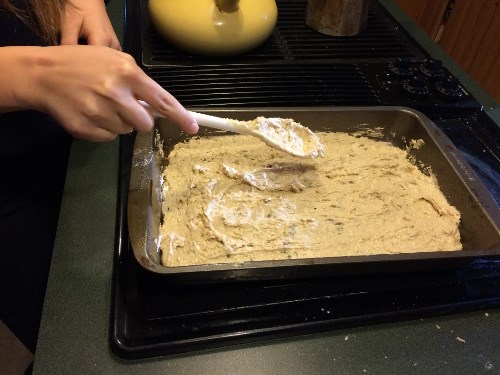
-
- Bake just until golden brown, 20 to 25 minutes.
- Let cool, cut into squares and enjoy!
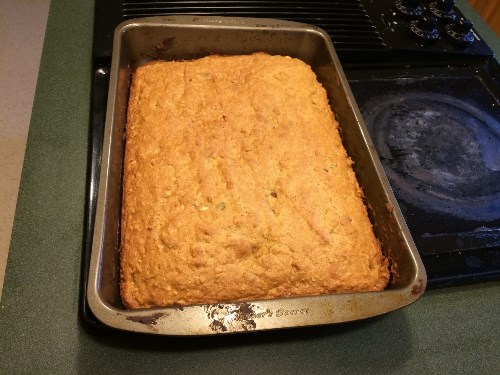
For more engaging, therapist-designed sensory activities like the Banana Nut Bars activity, explore Sensational Fun—a comprehensive collection of creative ideas that support sensory diets at home, in school, or in therapy sessions. Visit Therapro’s Sensational Fun to discover over 100 fun, functional ways to build sensory skills through play.

